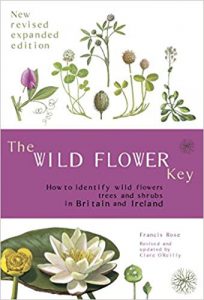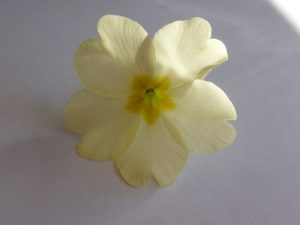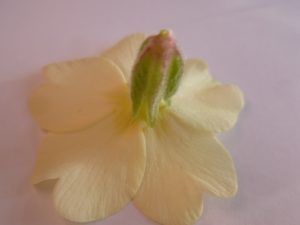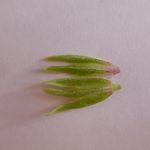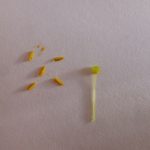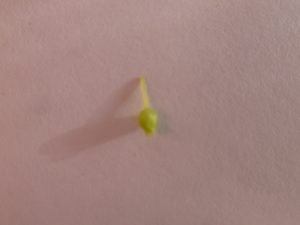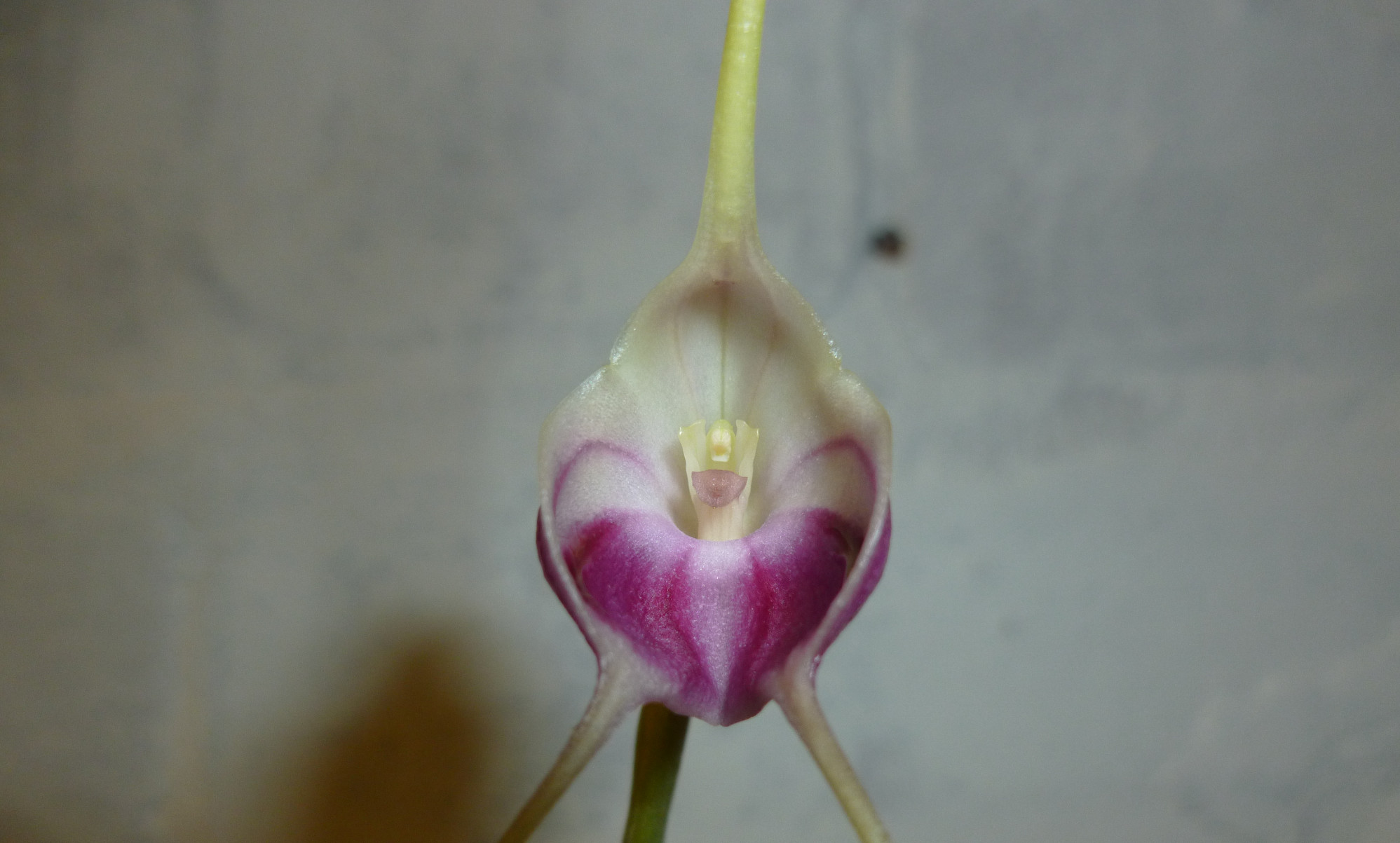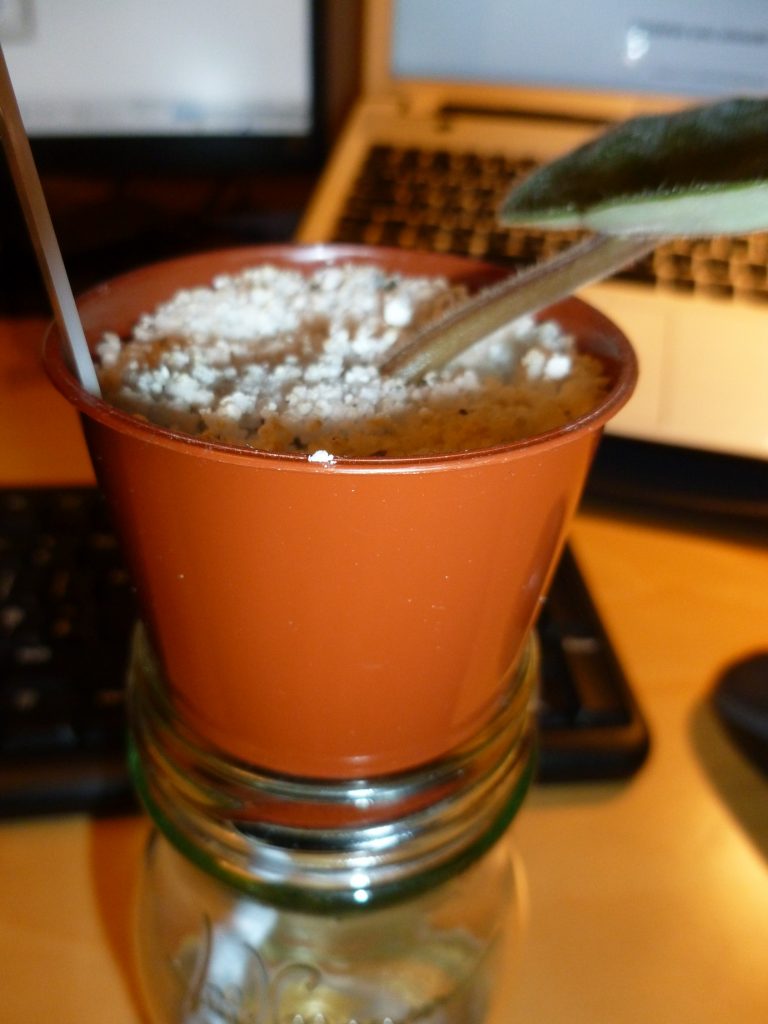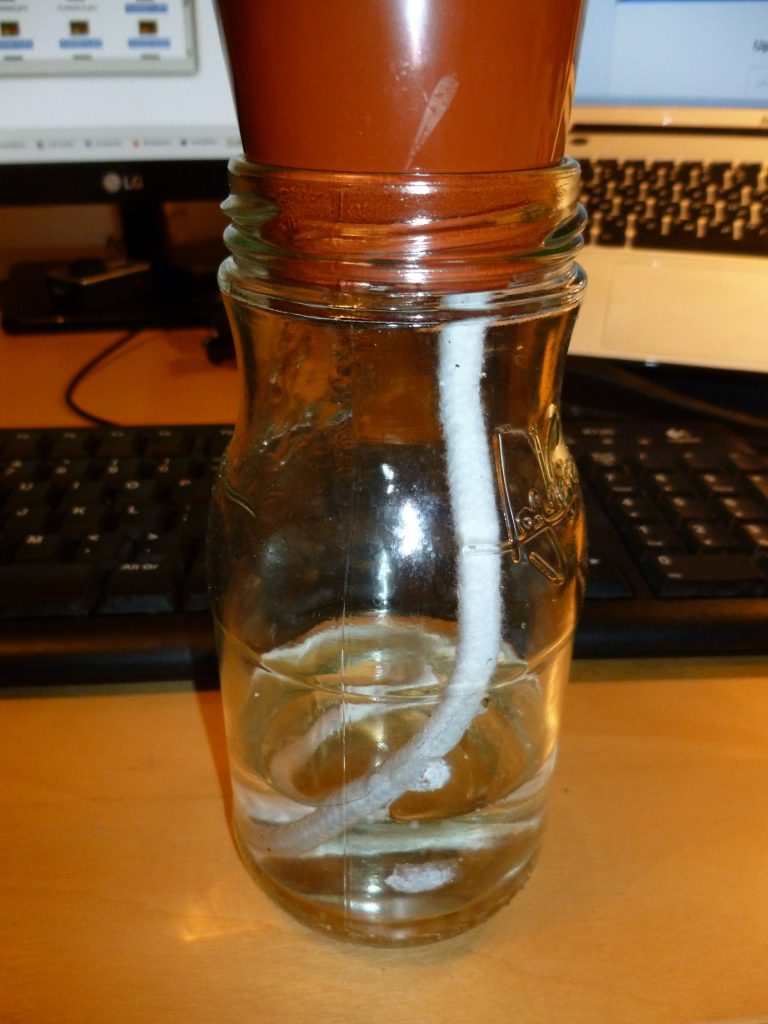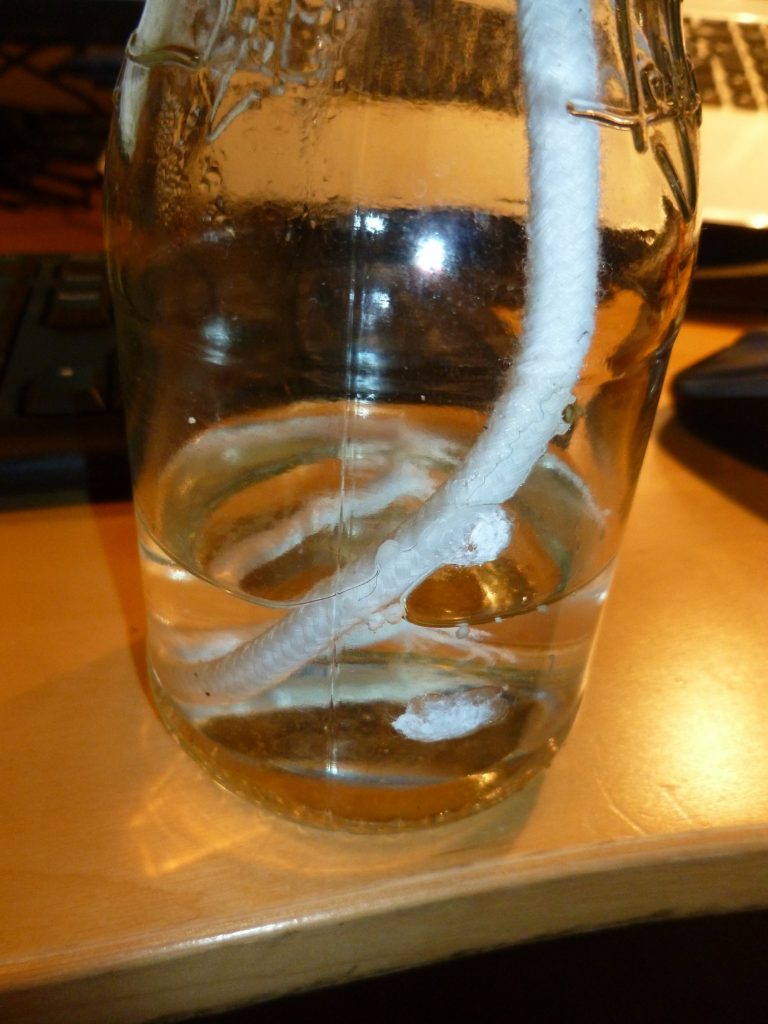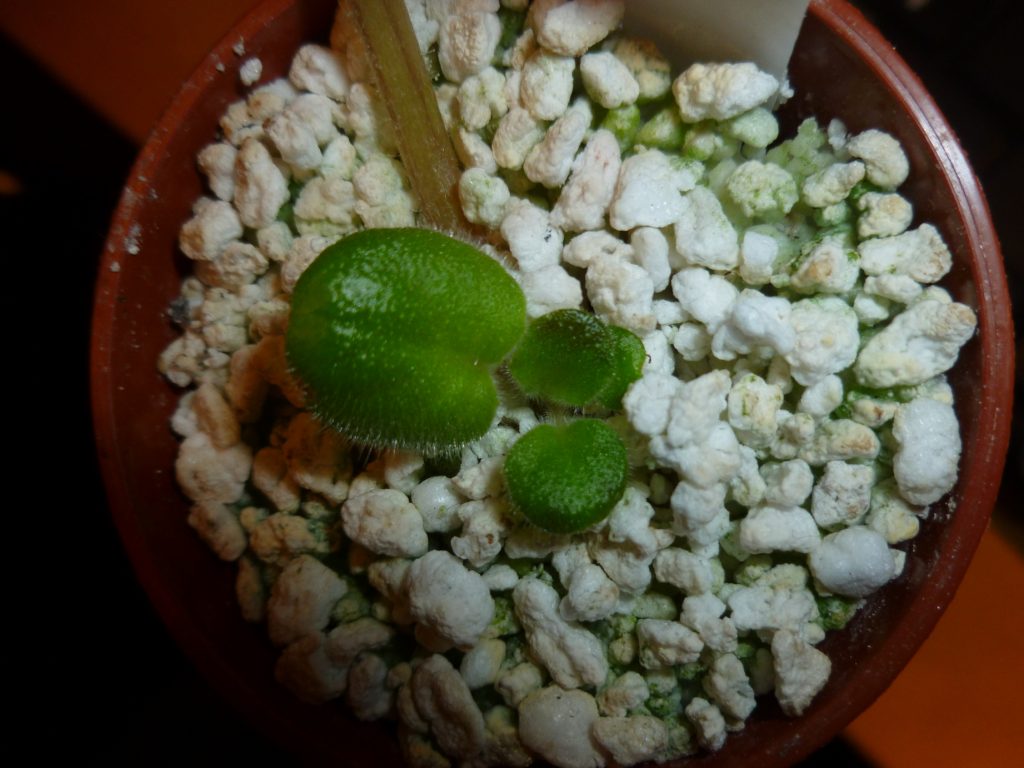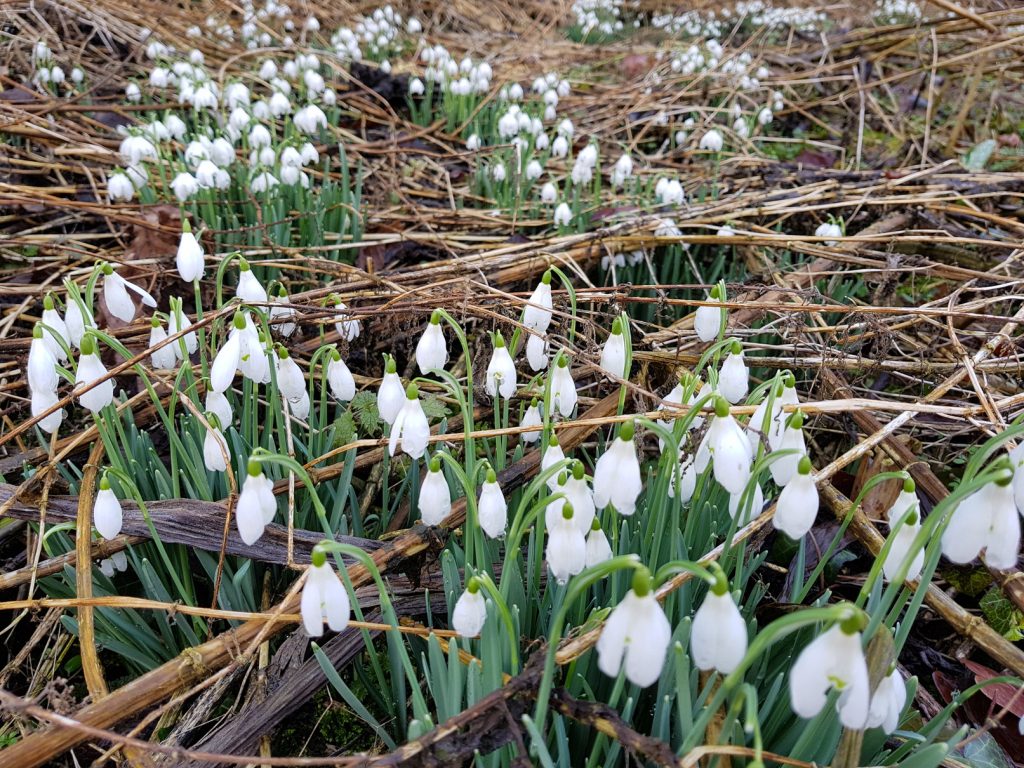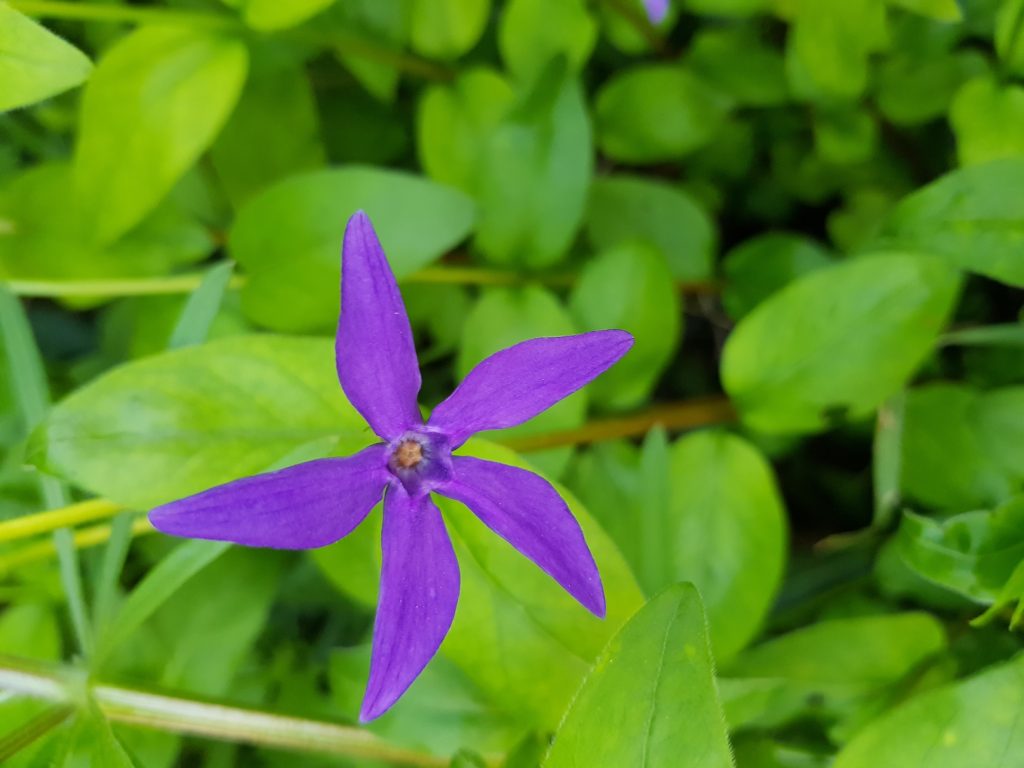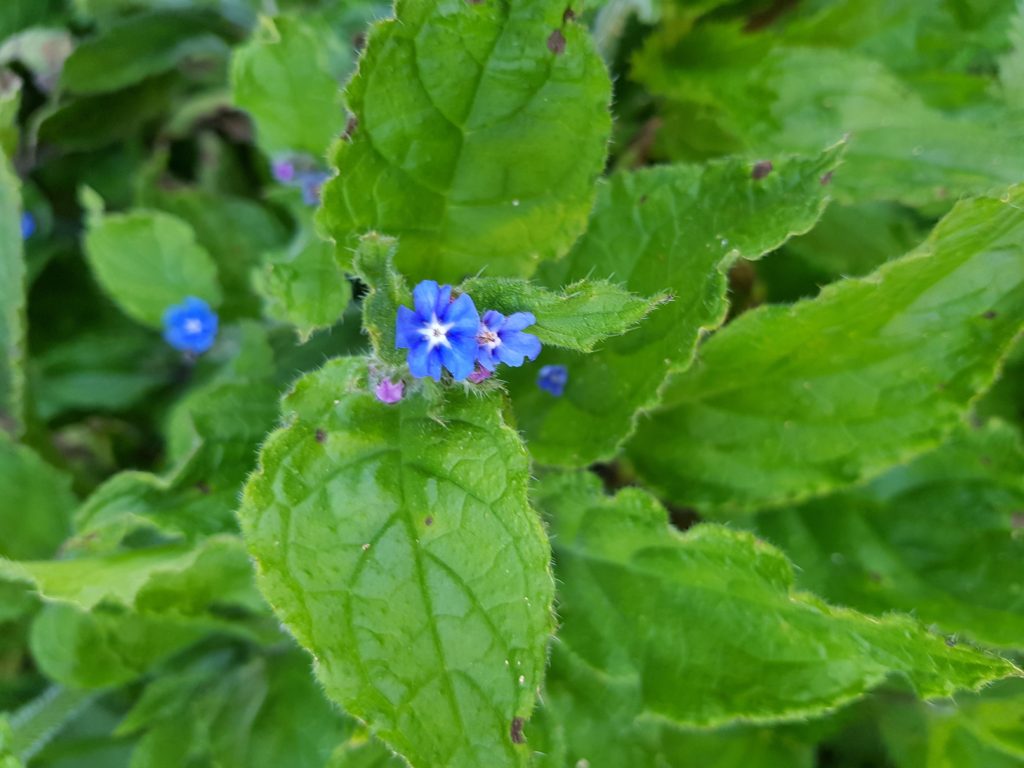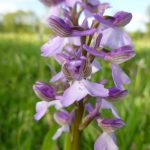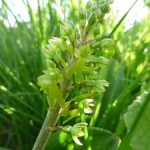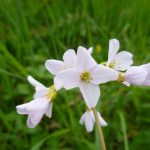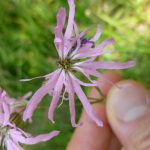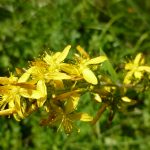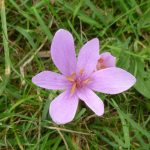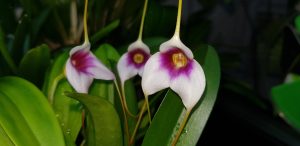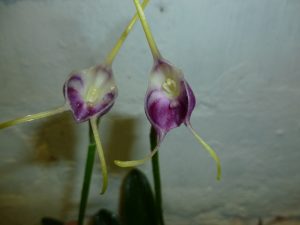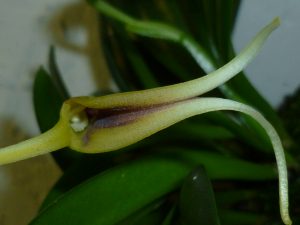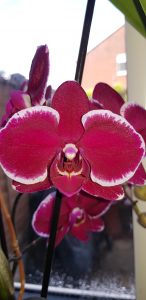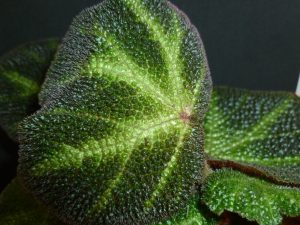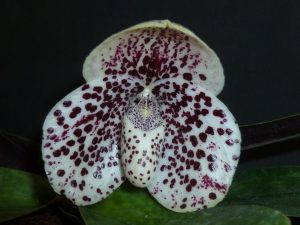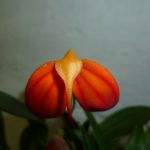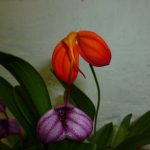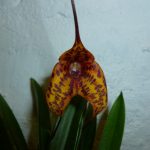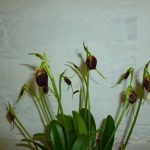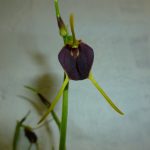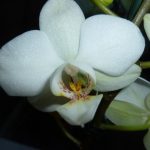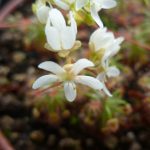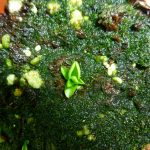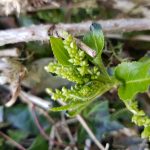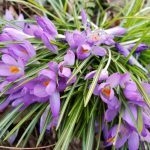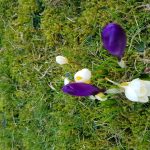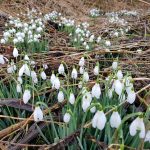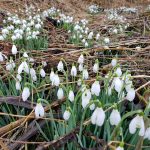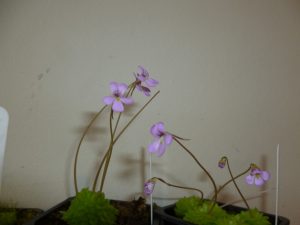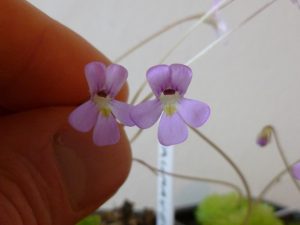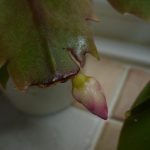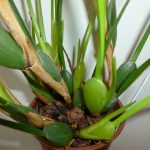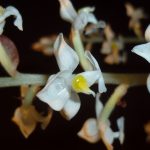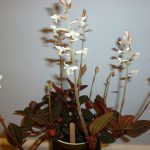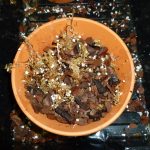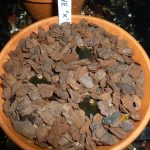I’ve wondered for a while how to write this, or even if to write it at all but here goes. As a keen grower in his mid 30s I was interested in attending a local orchid society to mostly see if I could learn anything and to share in my love of the plants. The experience has been an interesting one. I’m not going to say what society, but its not hard to work out.
I’m a big believer in communities of like minded people sharing a common interest. As a teenager and into my early 20s I was a member of such a group (not plant related) and learned massive amounts about the subject as well as life from the other members. More recently, I’m on the committee and an instructor in a more energetic pursuit than orchids and we’ve all worked hard to attract new members and enthuse and train existing ones. So I was looking for something similar from the plant world even if on a smaller scale.
I’d like to make it clear at this point before I go any further and get a bit ‘ranty’ all the people in the orchid society(s) I’ve spoken to (there is a key point there) have been friendly, knowledgeable and passionate about the subject and this is no way a reflection on them personally.
The first meeting I attended in fairness may not have been the best example, it was a short meeting, in the summer. The initial reaction when I walked in seemed to be (and I hope I’m not being unfair) that I must have got the wrong building/time. Once established I was an interested grower some members were talkative and interested in what I grew and how I grew it…. One did inform me (unprompted) that the display table orchids were not for sale. I’m not sure how to take that still. I was disappointed in the content or lack of and the size of the meeting but chalked it up to experience and the time of the year.
My second attempt was attending their show, bit of a drive for me, but I went along, saw some amazing plants and basically wondered around in a plant induced haze for a while then drove home. I did attempt to engage in a conversation at the societies table but was basically ignored. The show was small, but I had an enjoyable time apart from the drive over.
Third occasion was more successful – back to a meeting in the autumn and I brought along a plant. Plant did rather well, same people who were chatty last time, still friendly and chatty and the lecture was very interesting. Only real negatives seem to be again being blanked – I don’t say that as if they where being rude, more I suspect I simply didn’t fit into the world view of the people there who were much older. Age it seems is one of the barriers to entry – I can no longer consider myself young (more the pity) and I like to think I’m friendly, chatty and able to talk to people (lord knows I do enough of it elsewhere) but I have to acknowledge I am much younger than the other society members and it may simply be hesitation on their part about engaging with me. Should they ever read this – say hello – I’m a nice person, honest! On this occasion I become a fully paid up member of the society. Willingly and happily so. Long may it continue.
Fourth time round was the yearly AGM….. now this is where it all goes a bit wrong. Its apparent that the society is quite literally dying. The almost exclusively elderly members are not being replaced by newer members (of ANY age). The society is running at a massive loss and surviving only on reserves in the bank. Nothing, not one thing was said about trying to improve this situation or even an acknowledgement it was a problem. It seemed to me as if everyone (all 14 people in the room) were resigned to the fate that they would simply either run out of money or die off one by one until there was nothing left. The was a member of another local society in the room and he also confirmed the situation there was much the same. I found this a depressing thought – as mentioned above societies are something I’m keen on. So I’ve wondered about the issues faced and how it may be possible to do it better.
Firstly there is no way in the modern age to run a society without the use of email, a website and (God help us) Facebook. The society does have a website and it lists basic details about time and place and that’s all – fine I suppose in its way – but it has other complications in that the ownership lies with someone who is not a member and has no interest in updating or improving the site and can/may take it down at any point. There is a bigger story here, but that’s for another day and time.
There is a Facebook group and the lady responsible has done excellent work in setting it up. Trouble is, non of the members post to it apart from her and occasionally me. Other people do, but they don’t come along (as far as I know) to meetings. I know for sure that for at least one of those posters its due to age and issues with being patronised in the past. Its a shame as he looks to be an amazing grower with some really quite serious knowledge.
Email – again there is an email list (its tiny) that the newsletter gets sent to but thats all. It may be the demographics mean email is not the communication method of choice.
So the base infrastructure exists certainly, but is not being used by the membership or to encourage or engage with prospective members. There needs to be a push from the society to engage through the mediums above as well as better advertising of shows and then actively trying to recruit people who walk through the door. This needs to tie in with more energy in the room at meetings, a welcoming of new people who may or may not fit the current demographic and a real push at moving forward and away from the inevitable decline. This, I’m afraid to say, I don’t see happening.
